We saw no elephants in the park today, but as we walked up a small rocky rise, we came upon a group of five rhinos, very close, including a huge male and a baby. The mother was keeping close watch over the baby. The grazing group moved several times while we were watching them. We moved with them at a respectful distance. It was an honor to witness this ancient species, feeding together quietly as a family, free from the horrors that have befallen so many of their fellows.

Ifisashi with Nshima
(Zambian Peanut and Vegetable Stew with Corn Meal Mush)
Ifisashi is a vegetarian dish, which is my preference, but I served Wayne’s ifisashi with sausages. You could turn your ifisashi into a family dinner, or even a special meal with friends, by adding another protein to the menu. Pan fried river fish, such as catfish or trout would be good with corn meal and vegetable stew, as would grilled chicken, pork chops or even broiled hamburger patties. These recipes will produce about eight servings, and we discovered that ifisashi is just as good, if not even better the next day. For a large group, both recipes can be doubled.
- 2 cups corn meal (fine grind)
- 4 cups water
- ½ teaspoon salt
Special equipment: measuring cups and spoon, large cooking pot with lid, whisk or immersion blender
Makes: approximately 8 servings
- Bring 4 cups of water and ½ teaspoon of salt to a boil over high heat in a large cooking pot. Make sure the pot is large, not medium sized, as the cornmeal can boil over and splatter on your stove and your hands.
- Reduce the heat to medium and gradually add the cornmeal, whisking to avoid lumps. I use an immersion blender. The mixture will thicken.
- Turn the heat down to low and continue to cook and whisk for an additional 3-4 minutes until the mixture is thick and smooth. Cover the pot with the lid and place it on the back burner of the stove without heat until the ifisashi is cooked and ready to serve.
- Nshima is traditionally served in two or three torpedo shaped portions per person, not cut into squares. To create nshima “croquettes,” use a large serving spoon and twist it in a circular fashion through the cooked corn meal, releasing each nshima portion onto an individual plate.
For the Ifisashi:
- 3-4 tablespoons peanut oil, divided
- 1 cup lightly salted roasted peanuts
- 1 large sweet onion, chopped
- 2 medium or 3 small tomatoes, chopped
- 1 small butternut squash
- 1 sweet potato
- 1 large bunch of spinach, carefully washed, stemmed and chopped
- 1 small head of cabbage, finely shredded
- 1 cup water or chicken broth
- salt and pepper to taste
Special equipment: large roasting pan, large skillet, wooden spoon, large cooking pot with lid, sharp knife
Makes: approximately 8 servings
Preheat oven to 350°F
- Early in the day or the night before, cut the squash into 4 pieces with a sharp knife, cut the sweet potato in half and place the pieces, skin sides down, into a large roasting pan. Drizzle lightly with peanut oil, sprinkle with salt, and turn the pieces over, skin side up. Roast for approximately 1 hour, until the chunks have softened. Cool for about 1 hour, peel, seed the squash and cut all of the chunks into small pieces. Cover and refrigerate overnight, or reserve to add to the ifisashi in step #4 if making it immediately.
- Place 2 tablespoons of peanut oil in a large skillet, add the chopped onion and cook on medium heat until the onion softens and turns a light golden color. Add the chopped tomatoes and peanuts and continue to cook, stirring with a wooden spoon until the tomatoes have softened. Transfer the vegetable mixture to a large cooking pot and continue to cook, stirring, on low heat.
- As the onion mixture continues to cook, add 2 more tablespoons of peanut oil to the skillet and add the shredded cabbage. Stir fry over medium high heat until the cabbage turns a light golden, and transfer it to the large cooking pot. Add 1 cup of water or chicken broth to the large pot and stir the vegetables.
- Add the cubed squash and sweet potato pieces and stir carefully. Cover and simmer for about 30 minutes, stirring occasionally. Add the chopped spinach, stir and cook for another 10 minutes or more until all the vegetables are cooked and the stew is well blended. Sprinkle with salt and freshly ground pepper to taste.
- To serve, place 3 rounded portions of nshima on each plate and place a generous serving of ifisashi next to the nshima. Add a small serving of cooked meat or fish to the plate, or eat as a vegetarian meal. I served my nshima and ifisashi with stir-fried fresh mushrooms.

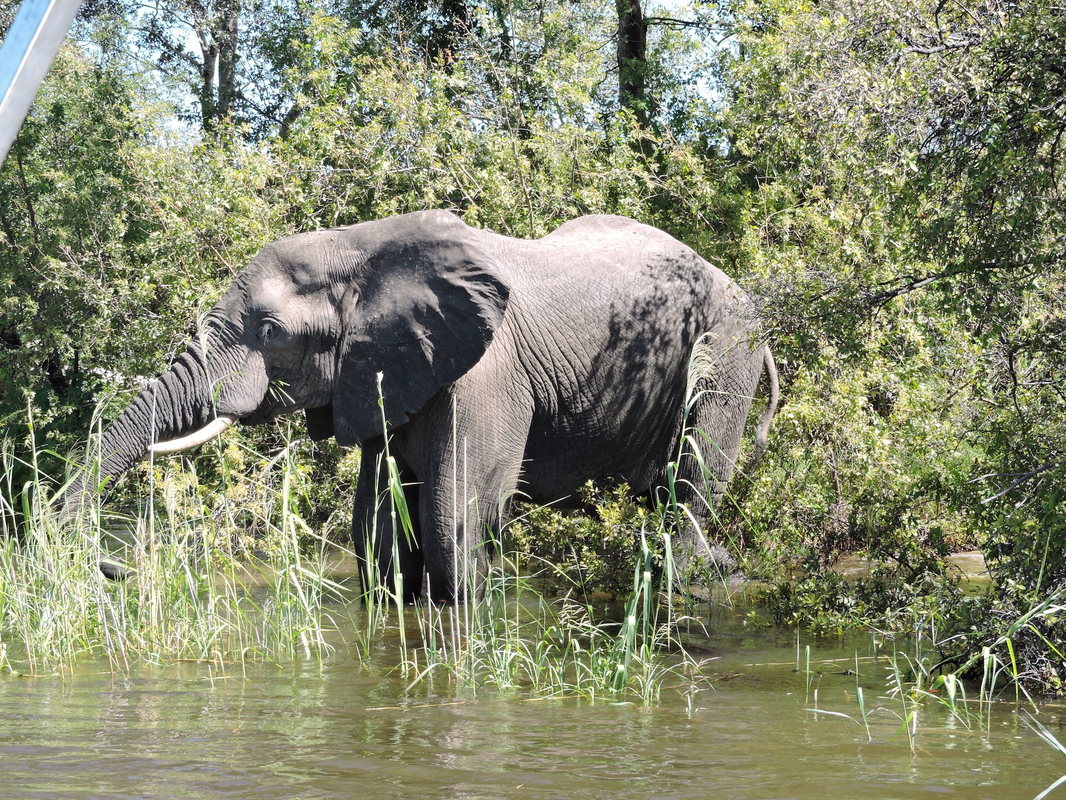
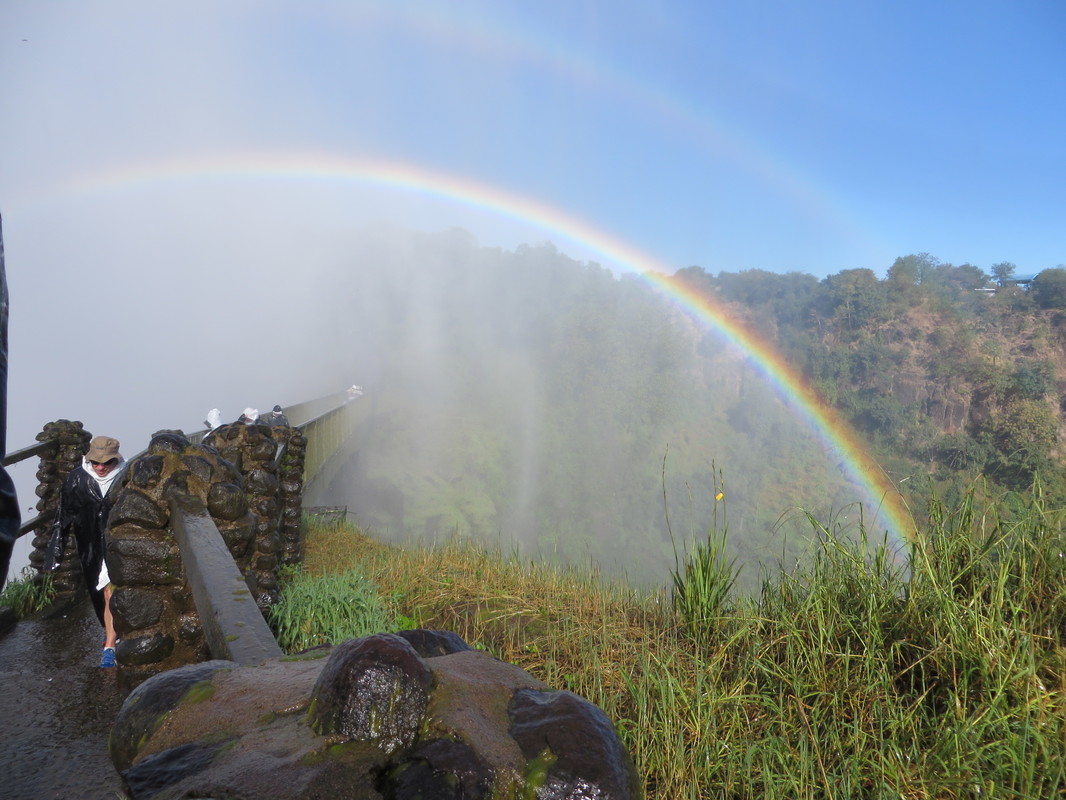






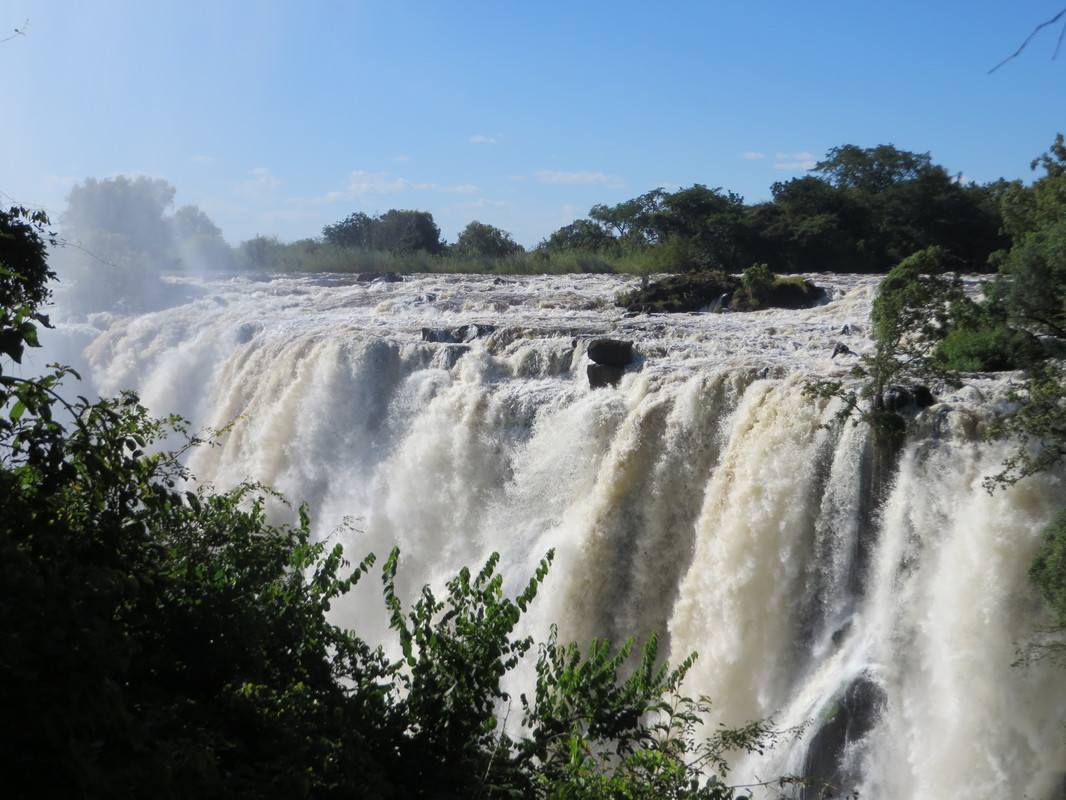

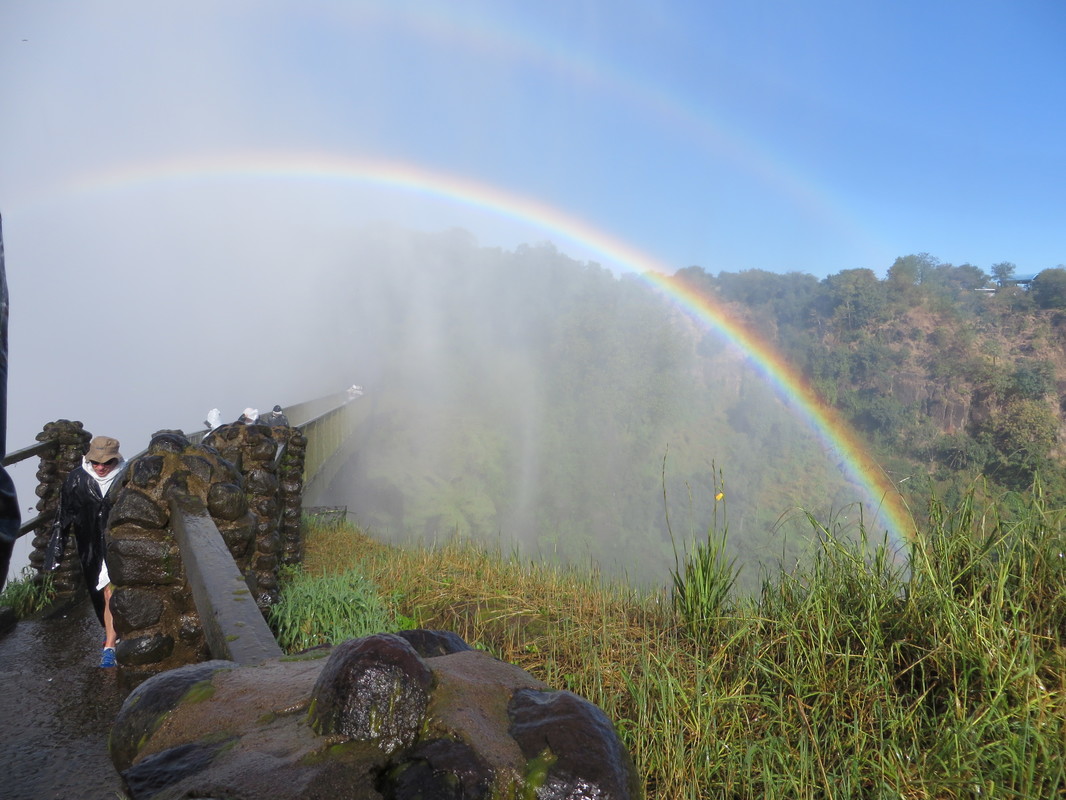

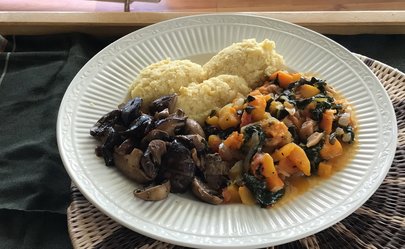
 RSS Feed
RSS Feed